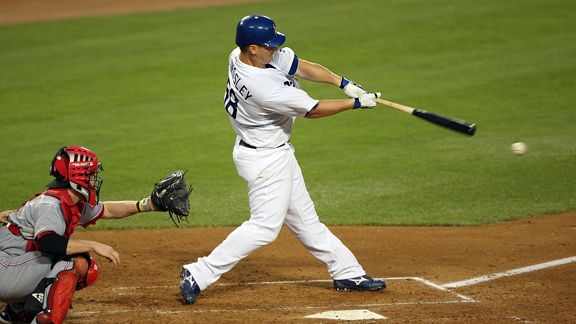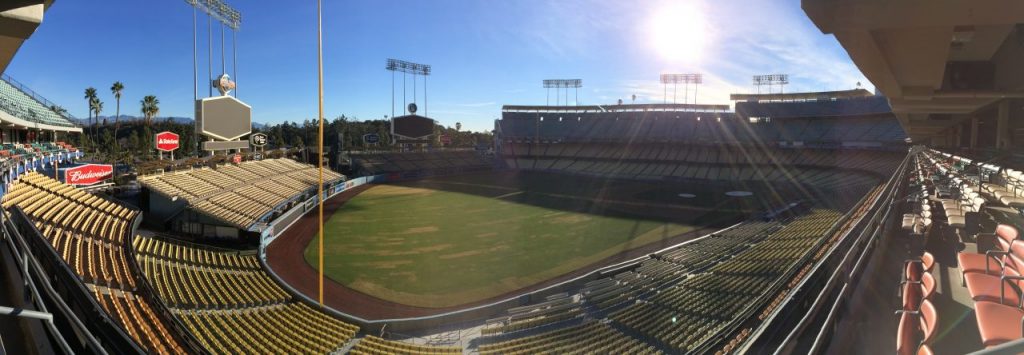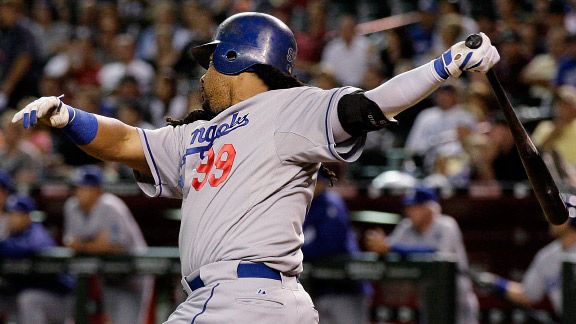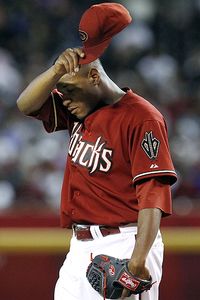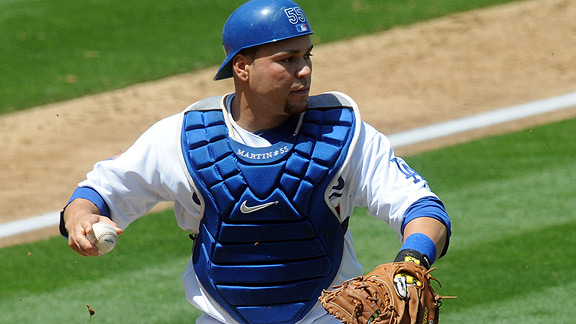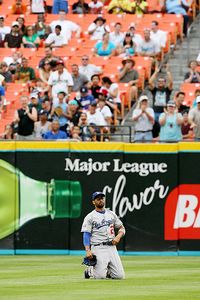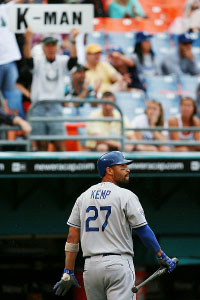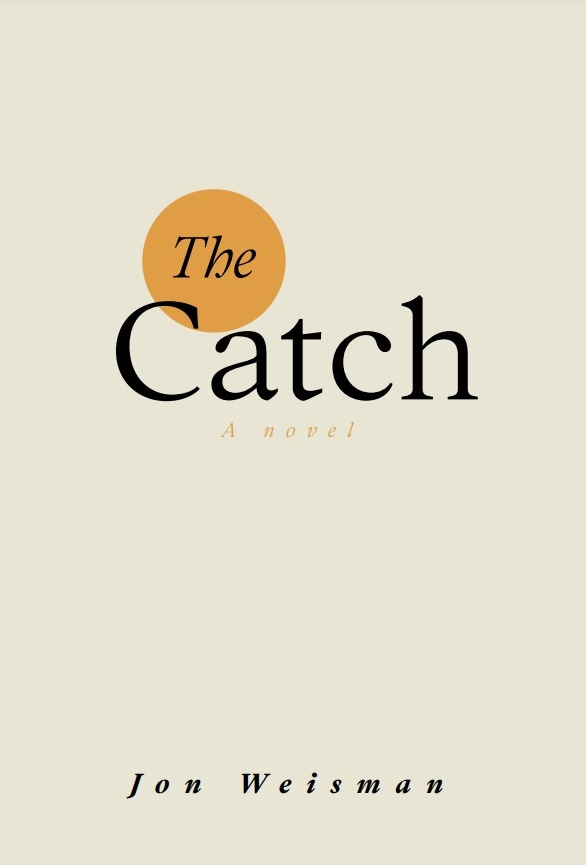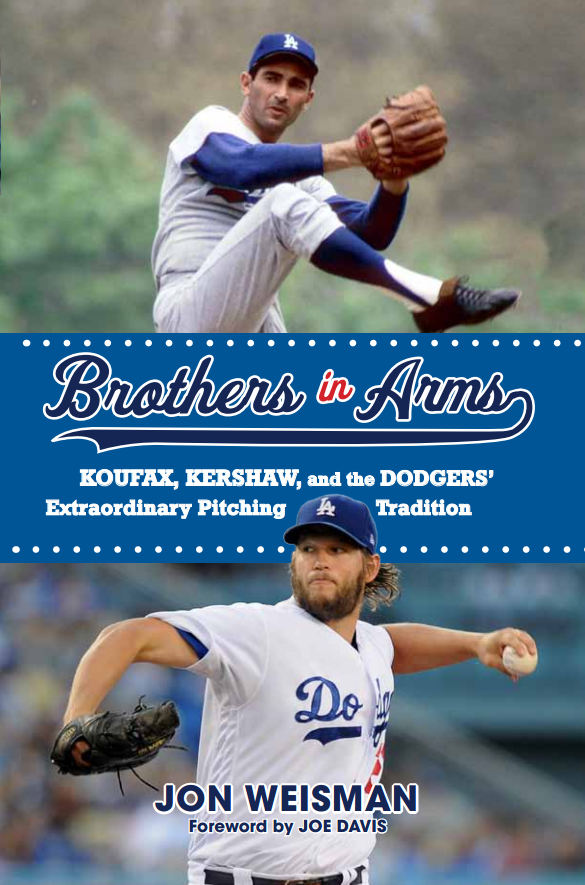Often forgotten about the 2009 Dodgers is that they were a good on-base percentage team – tops in the National League at .346. They say pitching wins championships, but being able to put runners on base, time and time again, plays a pretty big role, too.
The individual OBPs will fluctuate this season – in ways we can’t really predict – but with an even split of players above and below the age of 28, the team’s OBP might be very much the same.
Scanning the offense:
Russell Martin, C (.352 in 2009): Despite his ’09 power outage, Martin maintained an OBP within shouting distance of his .373 career mark entering the year, and reflective of his .025 drop (compared with 2008) in batting average on balls in play. Even in September, by which time his season was all but lost offensively, Martin drew 13 walks (nine unintentional). He OBPed .327 in the month, despite his BABIP being an unlucky .200.
Even if stays a worse slugger than Juan Pierre, Martin hasn’t lost the ability to work his way to first base. I know there’s a lot of cynicism about Martin at this point – and his new physique only adds to the mystery – but you still have a 27-year-old player who underperformed for one year but has been historically strong in this area.
James Loney, 1B (.357): Loney walked more than he struck out for the first time in his career last year, indicating a better handle of the strike zone. If he decides to swing more for the fences, that could change, but the odds are better that, at age 26 in May, he will improve. His OBP in the second half of 2009 was .366.
Ronnie Belliard, Blake DeWitt and Jamey Carroll, 2B (.325/.245/.355): No surprise that this appears the most tenuous spot of the offense. Last year, Orlando Hudson on-based .357 and Belliard, in his short stint out West, .398. That’s going to be tough for this trio to match, despite Carroll’s ability here. A breakout season for DeWitt, who OBPed .344 in ’08, would help – as would better work off the bench to replace the 204 plate appearances given to Mark Loretta (.309).
Rafael Furcal, SS (.335): I won’t make any bold predictions for the 32-year-old Furcal to improve, despite his better look in September. There’s potential for an uptick if he stays healthy this year, but that’s a big if. Furcal’s backup, whoever it is, figures to be OBP-challenged – though perhaps no worse than Juan Castro (.311) was.
Casey Blake, 3B (.363): Blake’s OBP soared unexpectedly last year to a near-career-high .363 at age 35, compared to a .338 career mark. He’ll slide.
Manny Ramirez, LF (.418): Ramirez OBPed .492 before his suspension – we won’t see that player again. But in the period from his suspension return to his Bobbleslam, his OBP was still .429, and so the overall 2009 figure he posted last year still seems mostly within reach.
No. 4 outfielder Juan Pierre had a surprising .365 on-base percentage – not as good as Ramirez’s even in August and September, but higher than Reed Johnson and friends will probably have. The Dodgers’ OBP should still be strong in left field, if not quite as strong.
Matt Kemp, CF (.352): Kemp’s OBP wasn’t a career-high – in fact, it was only .010 higher than his 2007 batting average. This is a 25-year-old who was rapidly growing but wasn’t maxing his on-base potential last year. While the .266 OBP he had in September gives pause, bet on Kemp to step it up.
Andre Ethier, RF (.361): Since his major-league debut in 2006, Ethier has simply been a strong OBP man. His career-low is .350, and he’s been above .360 in three of four years. The fact that he has had some slumps underscores just how hot he gets the rest of the time. If pitchers decide to challenge Ramirez more, Ethier’s the guy they might be most careful with – I’m not sure a .400 OBP is out of the question.
So, second base, shortstop, third base and left field figure to slide. Catcher, first base, center field and right field figure to rise. Obviously, things won’t all go according to plan, but with any kind of luck at all, the Dodgers should be able keep innings going like they did last year. That’s one reason why they still should be taken seriously in the 2010 pennant race.
* * *
- Post of the Day honors go to Memories of Kevin Malone for its great interview with Dodger minor-leaguer and major-blogger Brian Akin. It offered great insights into the minor-league experience and really is a must-read for any baseball fan.
- Today was Dodger organist Nancy Bea Hefley’s birthday. Her age: timeless.
- In the daily attempt to rehabilitate himself as a viable pitcher, Eric Gagne told Ken Gurnick of MLB.com that Dodger pitching coach Ken Howell has found flaws in his release point that are correctable. Here’s a video feature on Gagne’s workouts.
- Relive Alex Cora’s 18-pitch home run from 2004 with this video recap at Dodgers.com.
- Mike Scioscia’s Tragic Illness feels that the Manny Ramirez backlash and Juan Pierre forelash has gotten out of hand – at least on Facebook. I’m not surprised that people have turned on Ramirez, but I remain taken aback by how many have no fondness at all for a player who carried the team to the 2008 playoffs.
- It was Kemp day for the guys on the beat: Tony Jackson, Dylan Hernandez, Ken Gurnick and to top things off, The Associated Press.
- Former Dodger farmhand Sergio Pedroza, sent away in the Julio Lugo trade, has returned to the organization, and he is being joined by 27-year-old Dustin Yount, son of Robin. Both played most recently in the independent Golden Baseball League.
- Padres slugger Adrian Gonzalez probably will get traded before he becomes eligible to leave the team as a free agent after the season. Gonzalez was forthright in telling Corey Brock of MLB.com (via Hardball Talk) that he wouldn’t give San Diego a discount on a new contract.
- Maury Brown of the Biz of Baseball and Will Carroll of Baseball Prospectus discussed the proposed testing of minor leaguers for human growth hormone. Money quote from Carroll: “It’s going to be difficult to fight public opinion. Facts don’t work – look, HGH studies have shown conclusively that it’s not effective and can actually reduce performance. OK, it makes bones stronger – not a benefit! The detectable period is laughably short. Still, Bud will wave something at Michael Schmidt and ESPN and they’ll jump.”
- Jerry West biographer Roland Lazenby gave Mark Medina of the Times an extremely lengthy interview. Lazenby’s “Jerry West: The Life and Legend of a Basketball Icon” looks like something we can’t miss.
